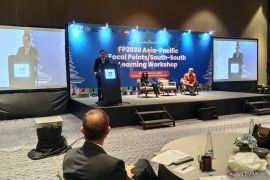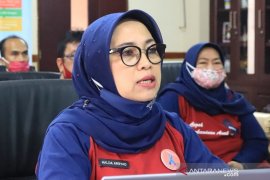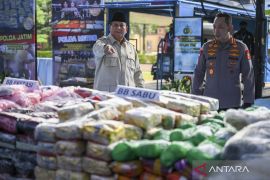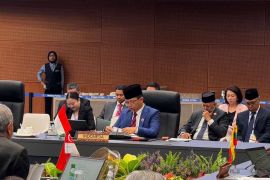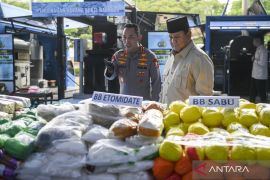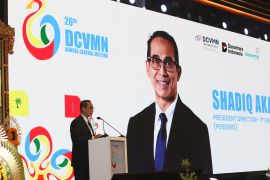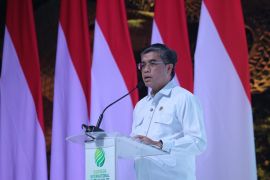During an online discussion held here on Tuesday, she presented data from Statistics Indonesia (BPS) showing that between 2008 and 2018, the percentage of child marriage in villages reached 16.87 percent, significantly higher than in cities, which stood at 7.15 percent.
“The fluctuating increase each year indicates that a systematic and integrated effort is needed to reduce the number of child marriages,” she said.
She explained several factors have contributed to the increased rate of child marriage cases, including poverty, limited access to education due to geographic conditions, and a lack of information about reproductive health.
Gender inequality and premarital sex practices that lead to unwanted pregnancies also contribute to child marriage, she said.
She therefore emphasized that child marriage can have broad and systemic impacts. From an educational perspective, children, especially girls, who marry early tend to drop out of school. There are also health risks for those prematurely marrying and expecting a baby.
“Miscarriages, bleeding and delivery difficulties, premature and undernourished babies, and various other risks that may occur,” she added.
Economically, she continued, families involved in child marriage are vulnerable to intergenerational poverty cycles. Females who marry at a child's age often face difficulties getting decent jobs.
Furthermore, she stated that child marriage also burdens the country by affecting the quality of human resources.
She noted that the government has increased the minimum marriage age through Law No. 16 of 2019 to 19 years for both men and women. However, in reality, many religious court dispensations still accommodate child marriage practices.
In order to reduce child marriage cases, she advocates for social-based prevention efforts that involve families, schools, and the community.
Related news: Second Lady urges end to child marriage nationwide
Related news: MPR calls for stronger efforts to prevent child marriage
Related news: Government launches child marriage prevention guideline
Translator: Sean, Kenzu
Editor: Azis Kurmala
Copyright © ANTARA 2025


